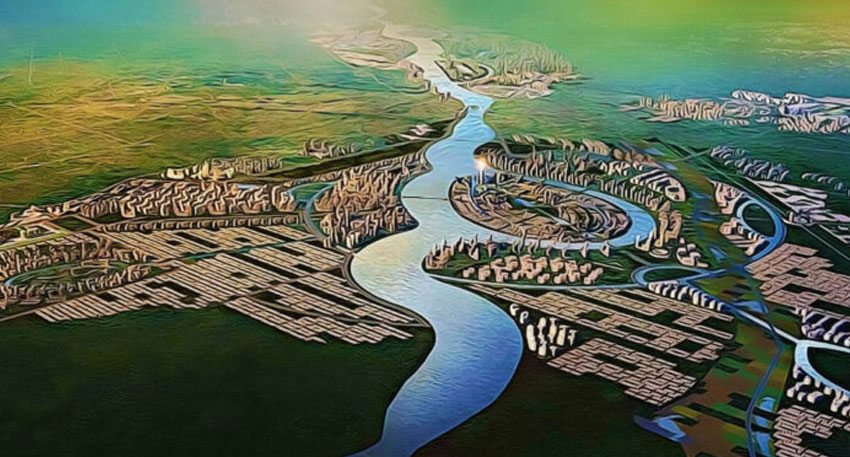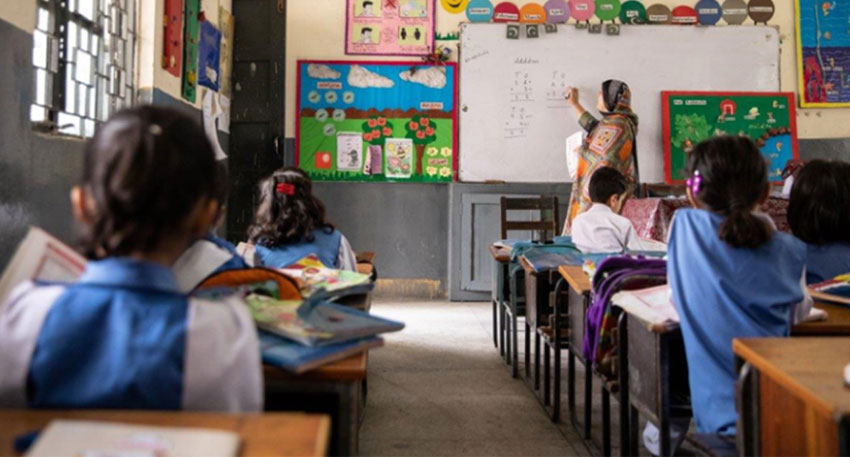
Into this fragile setting comes the Ravi Urban Development Project (RUDA): a mega-city plan spanning more than 100,000 acres, promising skyscrapers, lakes, innovation hubs, and housing for millions. It was launched as a dream—Pakistan’s answer to Dubai’s Palm Islands. But for thousands of families living along the river, it has been closer to a nightmare.
Farmers say their wheat and vegetable fields—land they’ve tilled for generations—are being bulldozed. “They razed my daughter’s wheat crop in front of my eyes. We have nothing left to pick, no daily wage to survive on,” one farmer told reporters. For these families, RUDA doesn’t mean progress—it means eviction.
And then there’s the river itself. Experts warn that narrowing and concreting the Ravi’s floodplain could make Lahore more vulnerable to floods, not less. Scientists point to China’s Yellow River restoration, where the lesson was simple: work with the river, not against it. Choking the Ravi with concrete would only speed up its death—and drag Lahore down with it.
But does this mean RUDA should be abandoned? Not necessarily. Pakistan desperately needs planned, sustainable urban growth. What it doesn’t need is another concrete jungle. The solution lies in re-imagining RUDA as an eco-city, built not on top of the river but alongside its rhythms.
China’s “sponge city” model offers a clear blueprint: wetlands, rain gardens, permeable streets, and reforested corridors that absorb rainfall, recharge aquifers, and protect against floods. Imagine RUDA as a city of green belts and water channels—where engineered lakes double as flood buffers, where urban parks clean the air, and where families can live without fearing the next monsoon.
The Ravi’s floodplain could become a living ecological park, feeding the aquifer that supplies 80% of Lahore’s water. Six million planned trees could be more than a number—if planted in the right places, they could knit together a broken river system. Housing could rise, yes—but in controlled zones, with nature as the foundation rather than the casualty.
What’s missing right now is trust. Forced evictions, faulty environmental assessments, and rushed planning have turned RUDA into a symbol of arrogance rather than ambition. That can change—if the government works with communities instead of against them, compensates farmers fairly, and opens the project to real ecological science.
Also Read: South Asia Under Siege: Floods, Fury, and the Politics of Neglect
The Ravi does not need another barrage of concrete. It needs breathing space. It needs wetlands to clean its waters, trees to shade its banks, and planners willing to listen instead of bulldoze. If that happens, RUDA can be more than a project—it can be Pakistan’s first real eco-city, a model for the region, and a second chance for a dying river.
The choice is simple: let RUDA become another headline about ecological disaster, or rewrite it as a story of revival—of a river, a city, and the people who depend on both.




